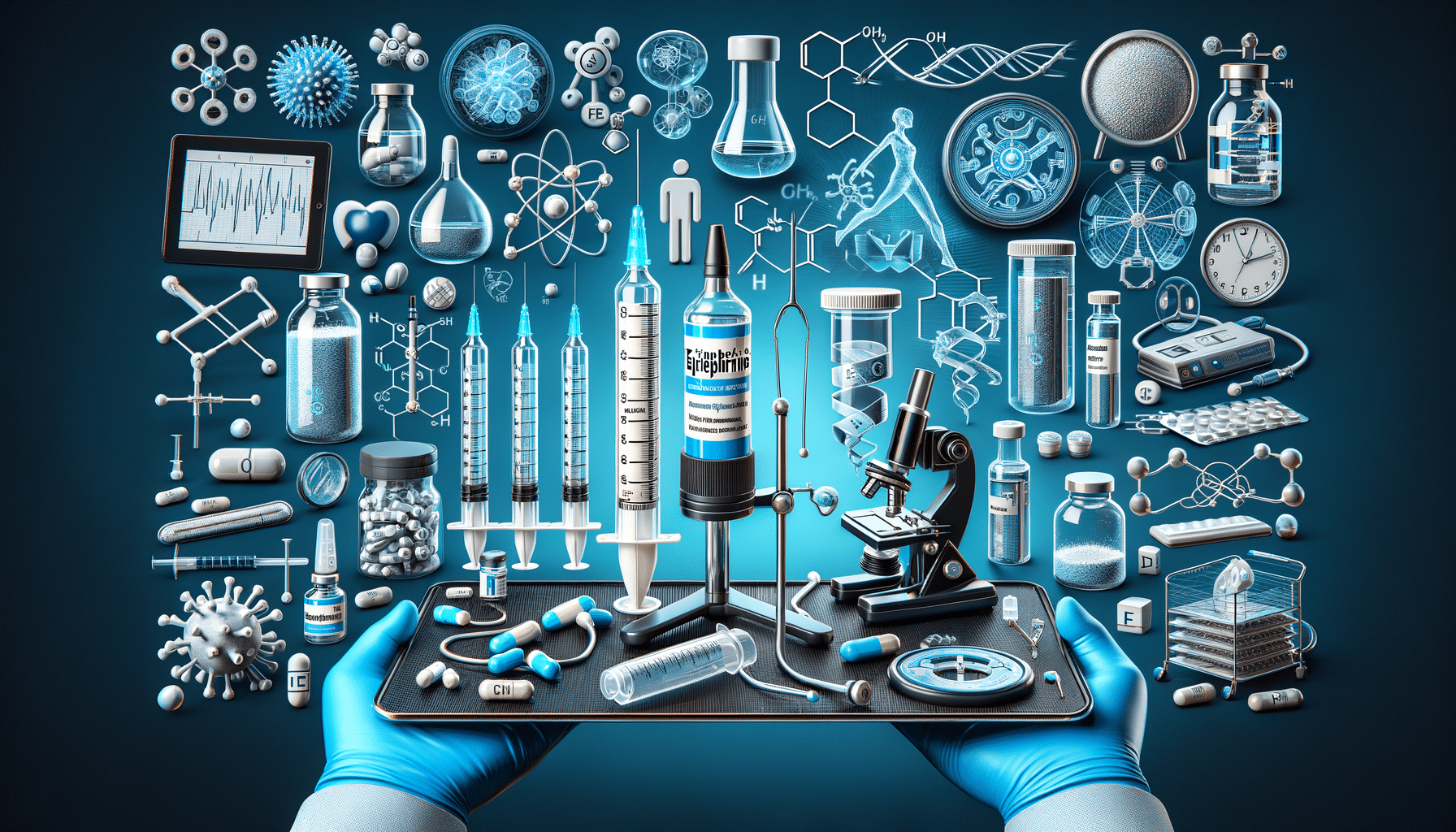
Precision Testing for Life-Saving Solutions
Introduction to Epinephrine
Epinephrine, often recognized as adrenaline, is a crucial hormone and medication that plays a significant role in the body’s fight-or-flight response. Its importance extends beyond natural physiological functions, as it is a vital component in medical emergencies, particularly in the treatment of severe allergic reactions, known as anaphylaxis. The Testing Team focuses on evaluating the efficacy and safety of epinephrine products, ensuring they meet established standards for quality and performance in various applications. Understanding the intricacies of epinephrine’s role in both human biology and medical interventions is essential for healthcare professionals and patients alike.
The Biological Role of Epinephrine
Epinephrine is synthesized in the adrenal glands and released into the bloodstream during stressful situations. This hormone prepares the body for rapid action by increasing heart rate, enhancing blood flow to muscles, and dilating airways, thereby optimizing oxygen intake. These physiological changes are critical for survival, allowing individuals to respond swiftly to threats.
Beyond its role in acute stress responses, epinephrine also influences metabolic pathways. It stimulates glycogenolysis, the breakdown of glycogen to glucose, providing a quick energy source. This action is particularly beneficial during intense physical exertion or stress. The hormone’s ability to modulate various bodily systems highlights its significance in maintaining homeostasis and responding to environmental challenges.
Epinephrine in Medical Applications
In the medical field, epinephrine is a cornerstone treatment for anaphylaxis, a life-threatening allergic reaction. It acts rapidly to counteract severe symptoms by constricting blood vessels, increasing cardiac output, and relieving airway constriction. These effects can be life-saving, underscoring the importance of timely administration during an allergic emergency.
Moreover, epinephrine is used in other medical scenarios, such as cardiac arrest, where it helps restore heart function by improving blood flow during resuscitation efforts. Its diverse applications in emergency medicine make it an indispensable tool for healthcare providers, emphasizing the need for rigorous testing and quality assurance.
Testing and Quality Assurance of Epinephrine
The efficacy and safety of epinephrine products are paramount, given their critical role in emergency medicine. The Testing Team focuses on evaluating the efficacy and safety of epinephrine products, ensuring they meet established standards for quality and performance in various applications. This involves rigorous testing protocols to assess the potency, purity, and stability of epinephrine formulations.
Quality assurance processes are essential to ensure that epinephrine products deliver consistent therapeutic effects. This includes testing for potential contaminants, verifying the concentration of active ingredients, and evaluating the product’s shelf life. Such comprehensive testing is crucial to maintain trust in these life-saving medications and ensure patient safety.
Conclusion: The Critical Role of Epinephrine
Epinephrine’s dual role as a natural hormone and a medical treatment highlights its importance in both biological and clinical contexts. Its ability to swiftly manage life-threatening conditions makes it a vital component of emergency medical care. The Testing Team focuses on evaluating the efficacy and safety of epinephrine products, ensuring they meet established standards for quality and performance in various applications. This commitment to quality and safety is essential to preserve the reliability and effectiveness of epinephrine in saving lives.
As research and development continue to advance, the ongoing evaluation of epinephrine products will remain crucial. Ensuring that these products meet rigorous safety and efficacy standards will help maintain their status as a cornerstone of emergency medicine, providing reassurance to patients and healthcare providers alike.


